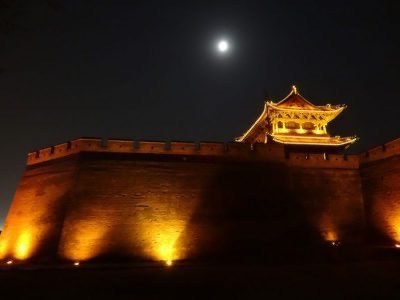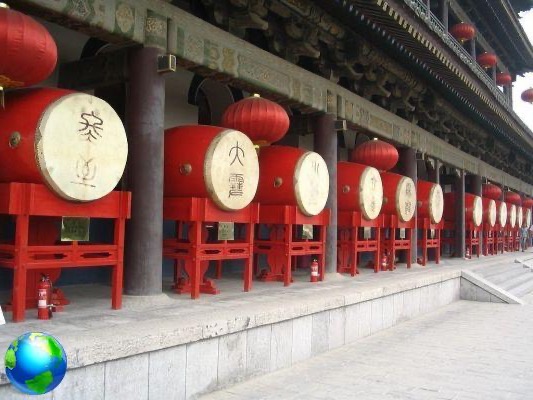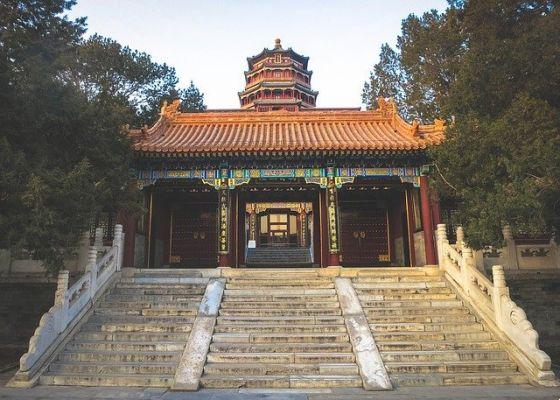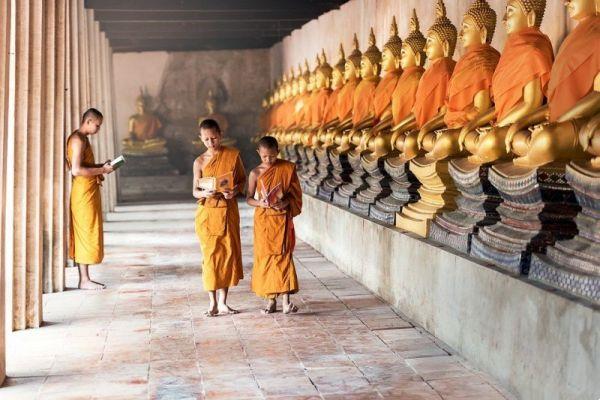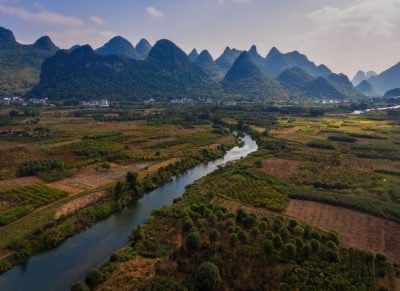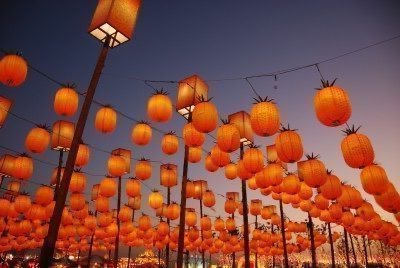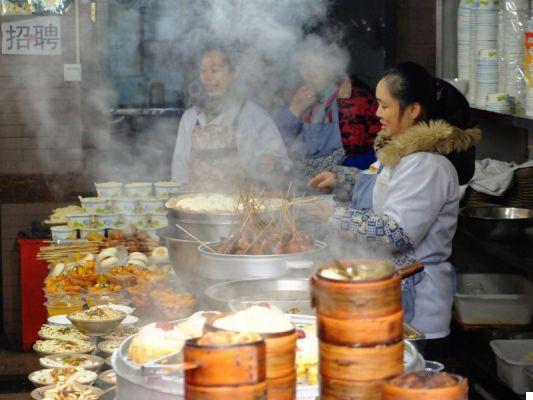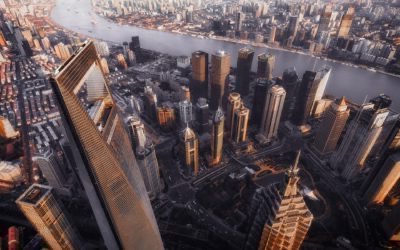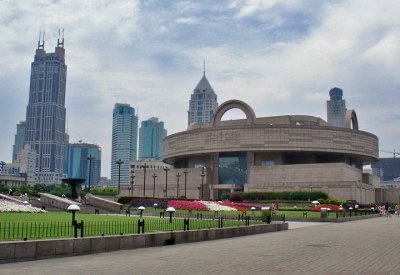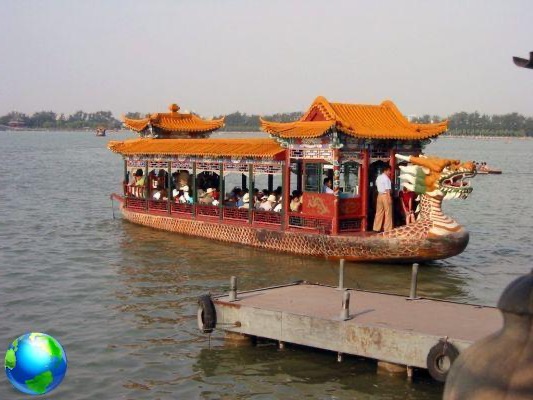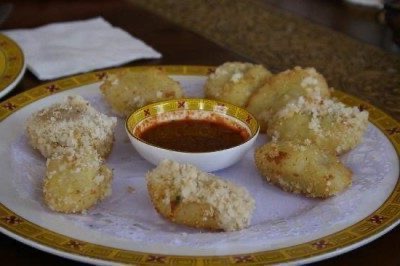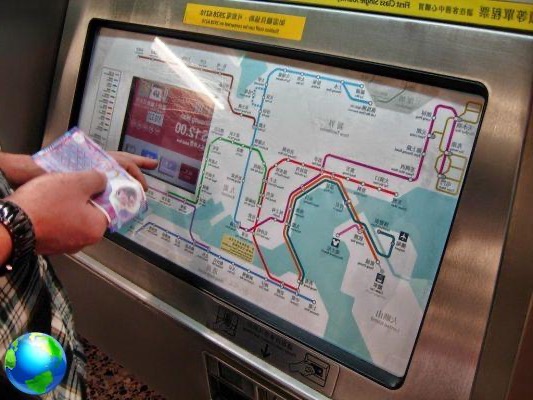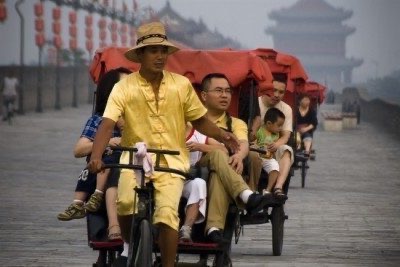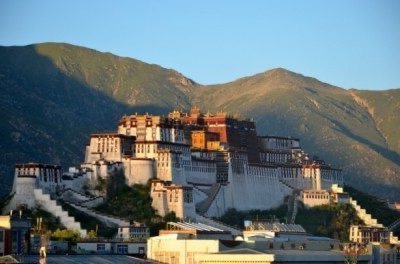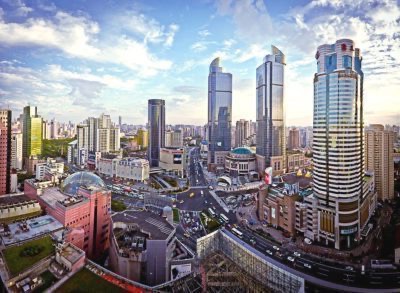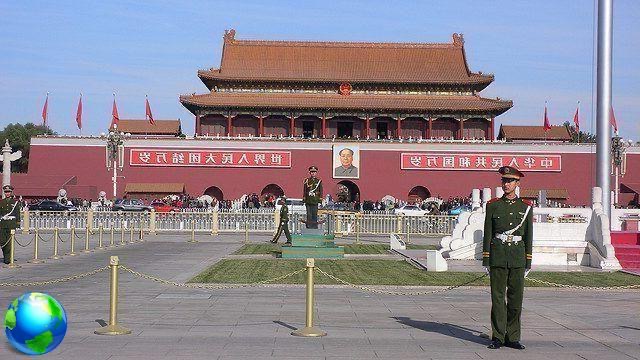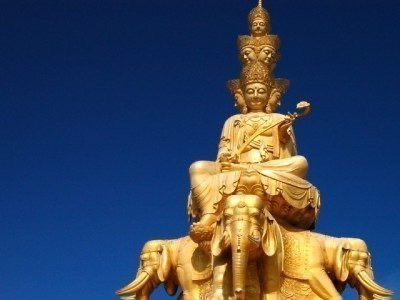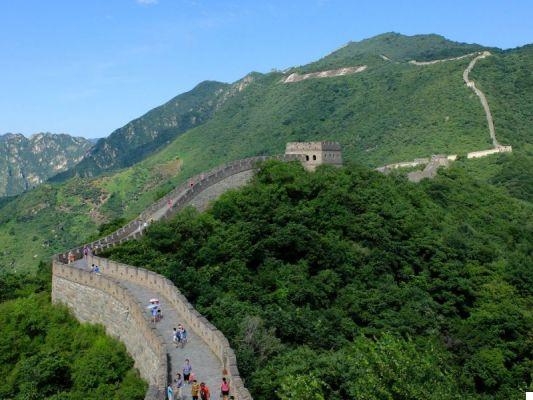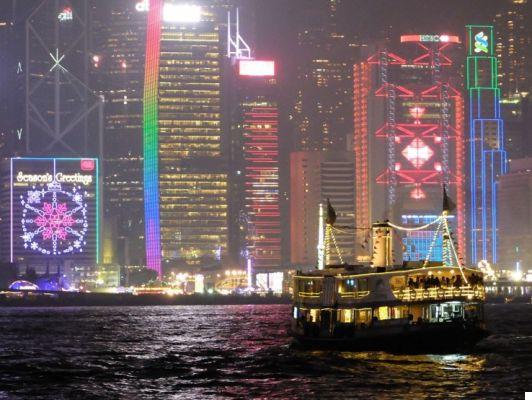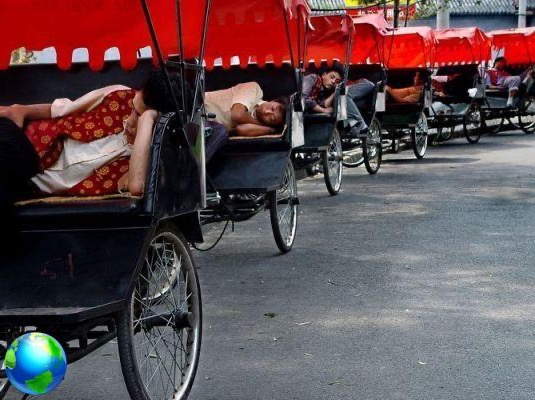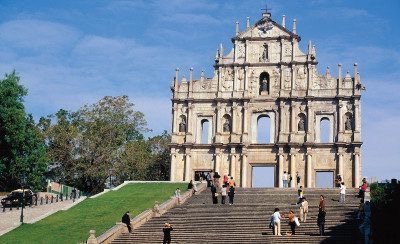
A small peninsula ai borders of China, but Chinese, in fact, only for a few years, Macau is a fascinating place with a thousand stories, where ponds with bamboo canes and lotus flowers can introduce you to the amazing oriental gardens (think of the Loo Lim Ioc Garden), while late Renaissance and fully Baroque architecture unexpectedly refers to a strongly European culture, mindful of the Portuguese domination, which lasted here for centuries, leaving considerable evidence of religious and civil architecture.
In Macau, as its citizens call it, the Portuguese arrived in 1557, making the place a fundamental hub for its commercial traffic with the East. The peninsula still retains this aspect of a port city, although its thriving activities were partially reduced with the emergence, already in the eighteenth century, of Hong Kong, brought to the fore on the international scene following the English conquest. The Jesuits, who went so far as to make Macao the center of evangelization missions organized throughout southern Asia, strongly imbued the culture of the place.
It is therefore not by chance that they refer to the Roman Church of the Gesù, mother structure of the whole order, the 22 churches that are still present in the historic center, built by monks inspired by the lively Italian art of Barocco. Looking at the Complesso del Gesù, the building was designed by the architect Carlo Spinola St Paul's Church, which also housed a huge library and clearly the monastery. The entire complex, of which only the façade and the imposing access staircase remain, unfortunately, was devastated by a fire in 1835.
Also to Jesuit architects we owe the construction of the amazing Fortoleza do Monte, a wall built to protect the peninsula, to defend it from the continuous attacks of the pirates, but again and especially from the Dutch and English fleets, who immediately tried to wrest the dominion of these lands from the King of Portugal. The fortress extends for eighty thousand square kilometers and is surrounded by walls 9 meters high and 4 meters thick. For centuries, from its battlements, cannons have fired to defend the territory, cannons that scattered along the walls, can still be seen in a suggestive walk to do at sunset.
At the end of a day to discover the history of the place, its artistic and naturalistic beauties, it will be really worth trying the local cuisine or even innovated by the great chefs present in Macao. The best restaurant is the Robuchon au Dome, which the Honey Guide has indicated as the best in all of Asia, even better than Singapore's “Waku Ghin”, renowned for its gastronomic refinements. Of course, the restaurant is not for everyone, the fixed menu costs 500 euros, but do not despair, there are really many welcoming and characteristic restaurants ready to welcome you for much less.




